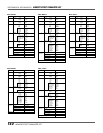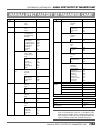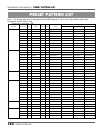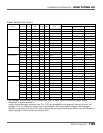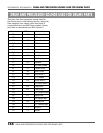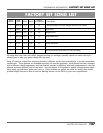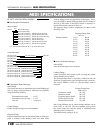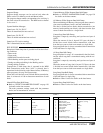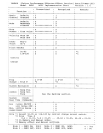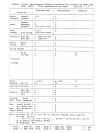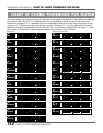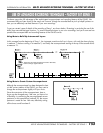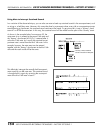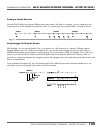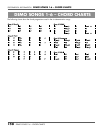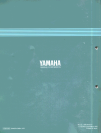
USE OF ADVANCED RECORDING TECHNIQUES – FACTORY SET SONG 1
153
SUPPLEMENTAL INFORMATION
USE OF ADVANCED RECORDING TECHNIQUES – FACTORY SET SONG 1
The drums are briefly muted here for three 16th notes,
before coming in again at beat 2.
USE OF ADVANCED RECORDING TECHNIQUES – FACTORY SET SONG 1
The demo songs take full advantage of the sophisticated accompaniment and recording features of the GW50. We
recommend that you listen closely to the songs and “browse” through the recorded data to pick up helpful pointers on
how you can effectively use these features in your own recordings.
To get you started, some of details of the recording of Song 1 are shown below, illustrating in particular the use of the
Mute, bass note and Retrigger functions. Try some of these techniques in your own recordings, and you’ll soon see how
powerful the accompaniment and recording features of the GW50 can be.
Using Mute to Build Up Instrumental Layers
In this passage from the beginning of Song 1, the instrument sounds are built up in layers, with only the drums playing
in measure 1, the bass coming in at measure 2, and finally the accompaniment starting at the top of the second chorus
at measure 13.
Using Mute to Create Custom Accompaniment
Although the accompaniment has been designed to best
suit the various patterns of the GW50, you may want to
change the accompaniment slightly to fit your music.
Since the mute status of the accompaniment, bass or
drums can be changed every 16th note, you have a lot
of flexibility in customizing the pre-programmed accom-
paniment. In this example from measure 22, the accom-
paniment is muted for one 16th note, effectively cutting
off the brass sound from beat 2.



